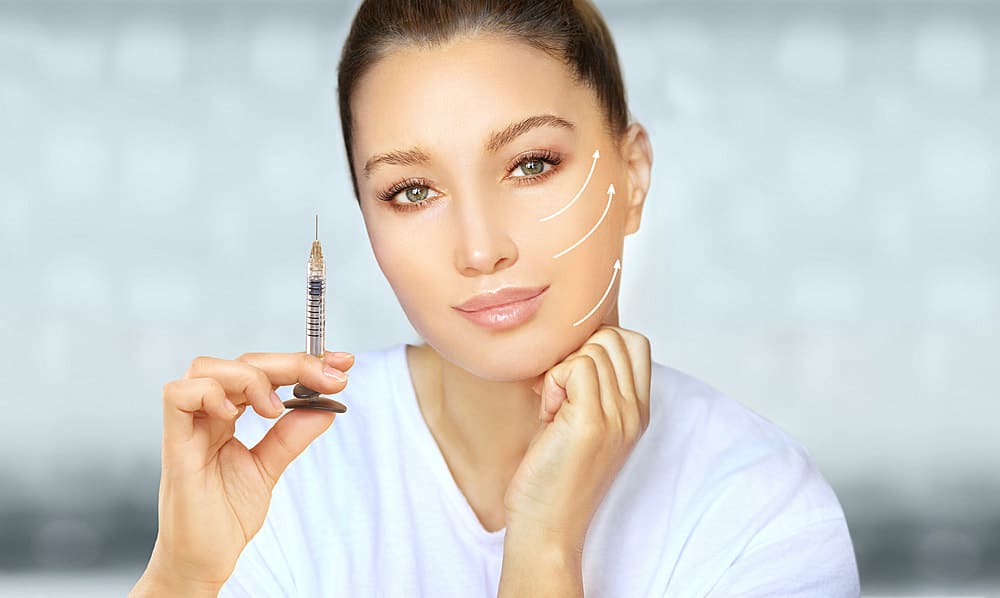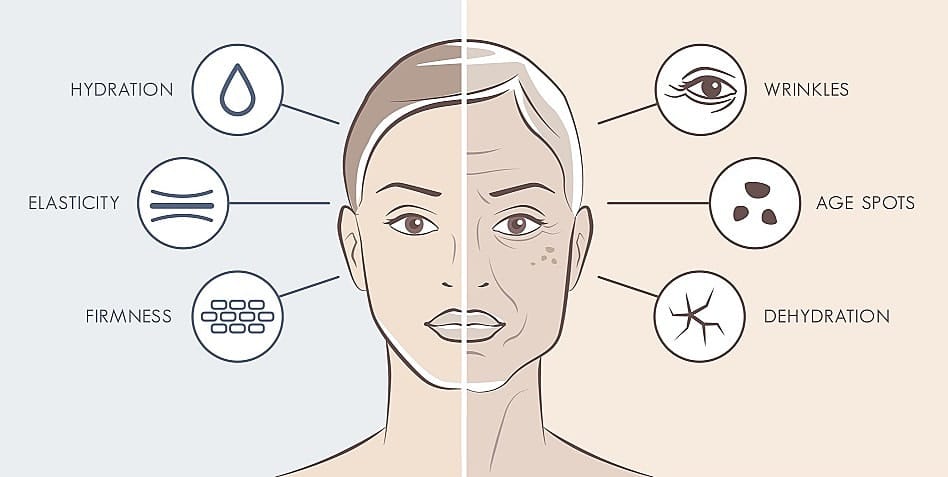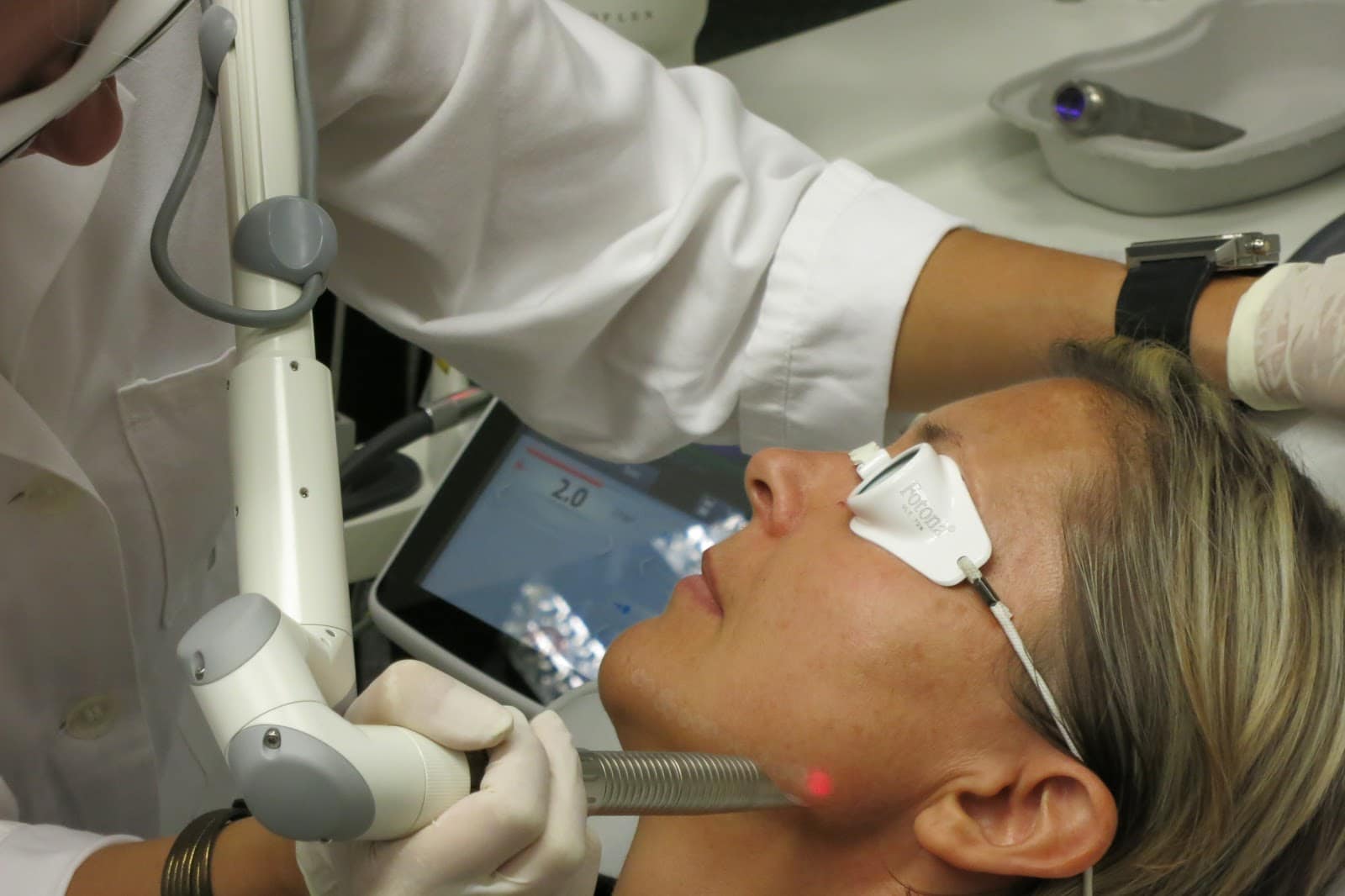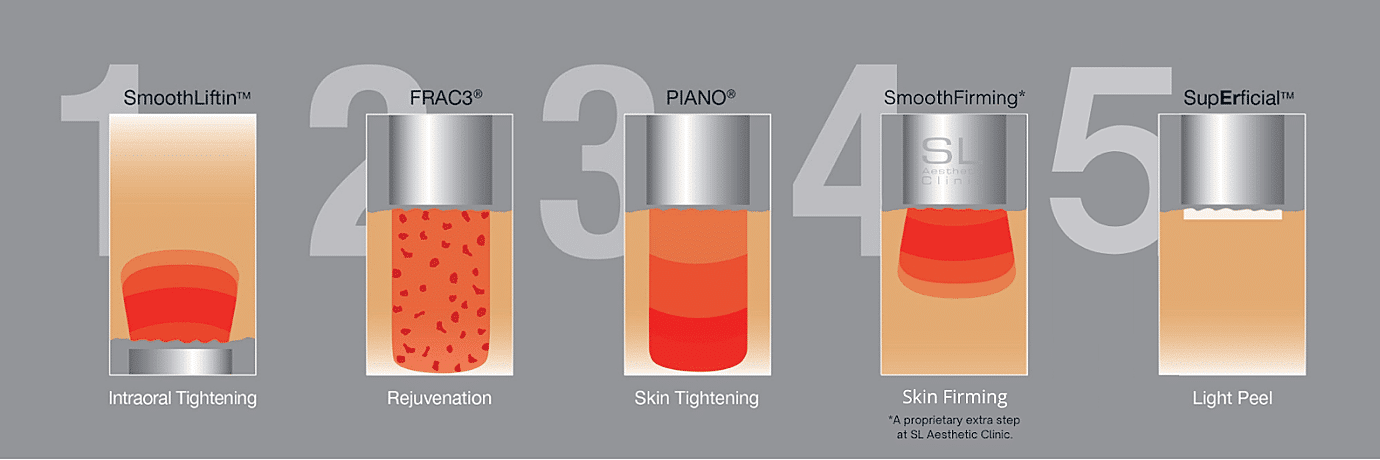
How Fotona 4D Laser Reverses The Signs Of Ageing
- April 18, 2022


The focus on aesthetic treatments has shifted from skincare to anti-ageing technology like lasers. The Fotona 4D Laser is one laser that’s been receiving a lot of attention. If you are doing your research on how lasers can help you achieve some form of anti-ageing results, this article will help you to understand:

One of the first tell-tale signs of ageing but also one that is commonly missed is loss of skin firmness. Since skin ageing comes from intrinsic and extrinsic factors, some areas of our face and body will tend to age faster than others. For example, the skin around the inner parts of your arm may not become looser till your 60s, compared to your face which may show signs of laxity from your 40s.
This is because our face is exposed to the daily environment and UV rays more than other parts of our body which are covered. As our face experiences more ageing stress, the collagen bonds in our skin begin to break down and lead to a loss of elasticity. Sagging skin occurs since the skin scaffold that could previously hold up the tension well begins to lose its stability.
When skin loses its tension and sags, it’s not just gravity acting on your face after all. As you age, there is a loss of fibrillin in the skin, which is an integral part of the skin elastin framework, and also a loss of collagen, particularly collagen type VII (Col-7). The degradation of fibrillin and collagen type VII causes sagging skin and wrinkles as the bonds between the dermis and epidermis are weakened, allowing for the skin layers to sag.
Additionally, older skin has been shown to have irregular and disorganised collagen matrix and a loss of collagen content per unit area of the skin surface by approximately 1% each subsequent year!
When skin loses its tension and sags, it’s not just gravity acting on your face after all. As you age, there is a loss of fibrillin in the skin, which is an integral part of the skin elastin framework, and also a loss of collagen, particularly collagen type VII (Col-7). The degradation of fibrillin and collagen type VII causes sagging skin and wrinkles as the bonds between the dermis and epidermis are weakened, allowing for the skin layers to sag.
Additionally, older skin has been shown to have irregular and disorganised collagen matrix and a loss of collagen content per unit area of the skin surface by approximately 1% each subsequent year!
Skin ageing is associated with abnormalities in melanin pigmentation. The irregular pigmentation or spots on the skin are formed by melanocytes, and chronic exposure to sunlight may stimulate epidermal melanocyte activity. Hormonal changes through the years like pregnancy or menopause can also increase the activity of melanocytes. Melanocyte activity transfers melanosomes – little star-shaped cells that produce and store melanin – to the cells in the top skin layer where they form the melanin caps that attempt to reduce UV-induced DNA damage, but form hyperpigmentation.
Now that we know the classic signs of ageing and why they happen, let’s have a look to see how a Fotona 4D laser in Singapore can help to reverse the signs of ageing.

The Fotona 4D laser is a non-invasive laser treatment that can be used internally – for the interior oral cavity or vaginal regions – or externally, to achieve anti-ageing results for the face and body. This laser targets full-thickness contraction of collagen, giving a tightening and volumizing effect without the use of injectable treatments. There are two laser wavelengths possible.
Traditionally, Er: YAG (erbium-doped yttrium aluminium garnet), of typically 2940nm wavelengths, are ablative wavelengths meaning that they ‘vaporise’ the top layer of the skin, or epidermis, to create a form of facial skin resurfacing. This leaves a zone of heat-induced injury over target areas, and sufficient time is requird for collagen remodelling and skin regeneration to take place. For this reason of a longer recovery time, new minimally or non-ablative forms of the Er: YAG laser wavelength have been developed and are gaining popularity in modern laser therapy.
The Fotona 4D laser uses this non-ablative version of Er: YAG wavelength, where laser energy is delivered into the skin tissues in a quick sequence of laser pulses. This produces a large degree of thermal/heating effect in the skin tissues with minimal trauma to the superficial layer of the skin. This leads to the same collagen remodelling changes and stimulation of fibroblasts with a much lesser recovery time.
The Nd: YAG (neodymium-doped yttrium aluminium garnet) is a wavelength that typically has a wavelength of 1064nm, and is able to reach the deeper layers of skin tissues. This helps to provide thermal energy penetration to the deeper skin cells without causing damage to the surrounding or overlying skin tissues.
Darker skin tones are also suitable for the Fotona 4D laser treatment in Singapore, as these wavelengths do not cause epidermal damage that other light-based skin lasers may cause. The resulting laser-induced collagen remodelling and new collagen formation through a combination of the Er: YAG and Nd: YAG wavelengths slow down the effects of skin ageing.
There are also 4 treatment modes possible, and anti-ageing will utilise the different goals of these modes for more comprehensive treatment. The 4 treatment modes are:

The laser works inside the mouth region of the lips and cheeks. It uses the Er: YAG wavelength to create gentle heating and collagen contraction in this area, giving it a lift from the inside out. People often report a plumping effect around the nasolabial folds (smile lines around the mouth) after this step.
This Nd: YAG wavelength then works in the deeper layers as it generates tiny spikes of high temperature. This helps to complement the first intraoral step and targets deeper imperfections.
While also an Nd: YAG wavelength, this step generates longer pulses instead of tiny spikes to cause bulk tissue heating safely and rapidly. By increasing the pulse duration, more heat can be diffused in the skin. There is an overall tightening effect from the concentrated energy delivery with a brushing technique to the skin.
With a short pulse width, the Er: YAG laser then utilises a light cold effect to provide a smooth finish to the skin. This is a form of controlled light peeling to reveal healthy skin without any downtime.
A consultation is usually done to assess your suitability for this treatment and to understand your anti-ageing goals! During the Fotona 4D laser treatment process, which typically lasts 45 to 60 minutes, you will be lying down on an inclined chair with a pair of dark goggles on to protect your eyes from the laser.
There may be some discomfort or tingling sensations, depending on the area being targeted and your pain tolerance (more sensitive areas such as the inside of your mouth may be more uncomfortable), but it is generally a minimally-painful procedure.
Two treatment sessions are usually recommended, one month apart, and a maintenance session once a year after that. For those about 50 years old who are looking for a more intensive anti-ageing treatment, a follow-up session 6 months after their second treatment can provide better maintenance of the skin rejuvenation effects.
At SL Aesthetic clinic, the Fotona 4D laser in Singapore price is $2400 per session. For prices on multiple sessions, speak to our doctor to learn more!
The literature is quite comprehensive on what can be achieved using the Fotona 4D laser.
Significant structural changes in the upper and deeper layers of the skin were found, confirmed by assessing the skin tissues under a microscope before and 2 months after treatment. Increased collagen and connective tissue density, skin thickness, new blood capillaries were identified after 2 sessions of the Fotona 4D laser with 1 month in between.
A case report study on over 100 patients who received the FRAC3® skin tightening procedure between 2010 and 2012 showed good to excellent satisfaction rates by over 90% of the patients treated.
The correction and plumping of perioral wrinkles and nasolabial folds, or the deep creases we see around our nose to our mouth that forms as we smile, was significantly improved after treatment and seen in this study of 20 patients as well as in this study.
In summary, Fotona 4D laser:
– Is suitable for all ages
– Is effective for correcting sagging and ageing skin tissues without the need for injections or fillers
– Has shorter recovery time
After reading this article on how the Fotona 4D laser in Singapore can help to reverse the signs of ageing and you’re ready to begin to improve the appearance of sagging, rough, dull and wrinkly skin, get in touch with us at SL Aesthetic Clinic today! Our certified professionals are ready to provide a tailored skin assessment for you with recommendations for the right types of treatment and skincare products for your individual skin concerns and needs, according to your skincare goals. Book an appointment with us by calling your nearest branch today.
Like what you read? Share them!